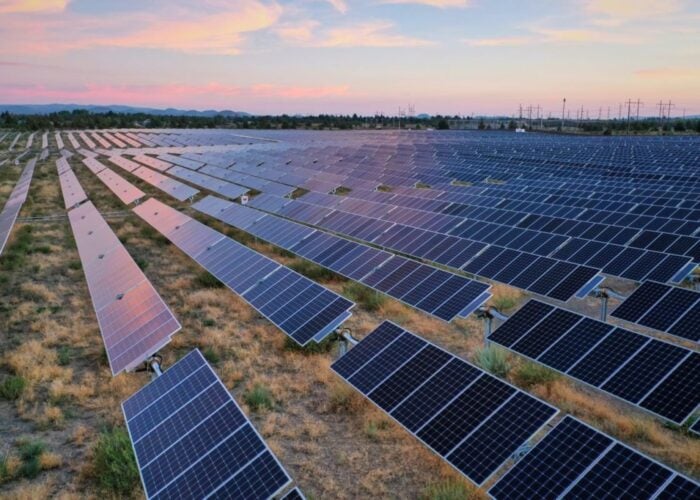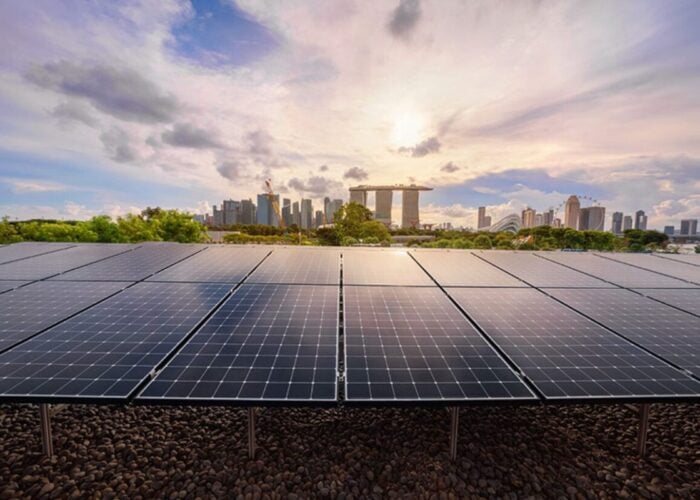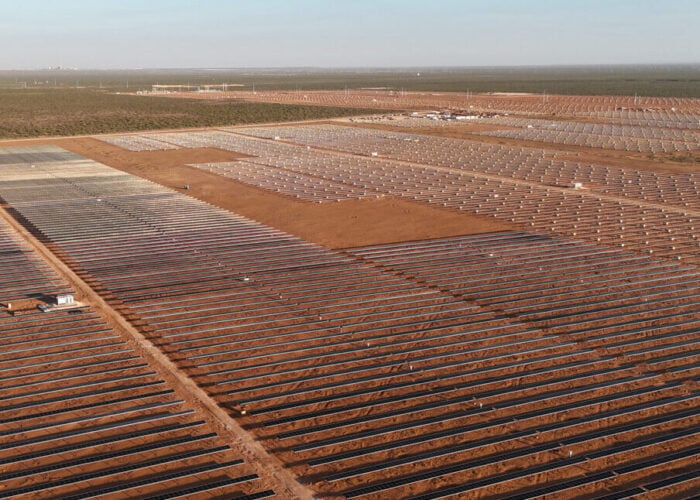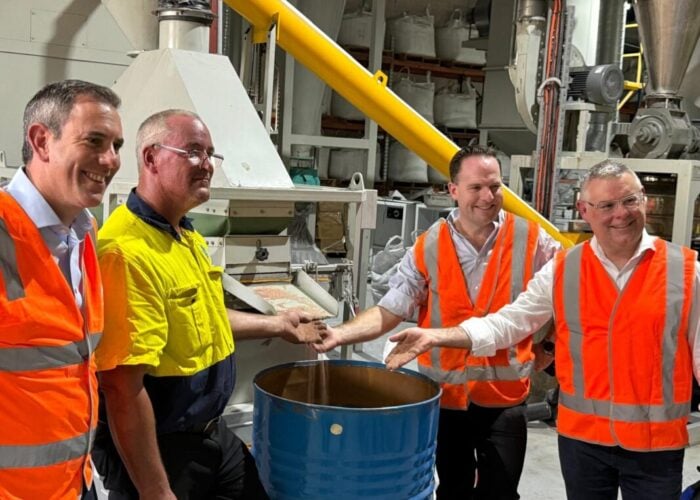A host of recent independent testing programmes are starting to make Silicon Valley start-up Silveo look like a player rather than a wannabe.
It’s still early days, yet Sandia National Laboratories has recently verified Silevo’s N-type-based ‘tunnelling junction’ cell architecture achieving 22.1% efficiencies using Silevo’s complete cell pilot line and five-inch wafers.
Try Premium for just $1
- Full premium access for the first month at only $1
- Converts to an annual rate after 30 days unless cancelled
- Cancel anytime during the trial period
Premium Benefits
- Expert industry analysis and interviews
- Digital access to PV Tech Power journal
- Exclusive event discounts
Or get the full Premium subscription right away
Or continue reading this article for free
In September, 2012 the company reported its ‘Triex’ solar technology was entering volume production with cells above 21% efficiency levels. Silevo also said that its roadmap was on-track to deliver cell efficiencies of 24% in the next few years.
However, unlike the industry average for c-Si solar cell efficiency gains that are struggling to surpass 0.5% per annum, Chris Beitel, Silevo’s Vice-President of business development, told PV Tech that the company had achieved a 1% efficiency improvement each year for the last three years.
Considering Sileveo’s achievements to date, the company would seem to be very cautious in its efficiency improvement schedule.
Importantly, the results are coming from its inline cell pilot line using conventional tools and tweaked processes from the PV, FPD and electronics equipment segments to achieve the results.
“Since being established in 2007, Silevo has remained very capital efficient,” noted Beitel. We have had two financing rounds and raised US$75 million. Our 200MW cell production line in China compares favourably with the likes of CIGS thin-film technologies that would have consumed US$200-300 million to reach that capacity level.”
Capacity expansion
Buoyed by customer orders that are in the range of 270MW, according to Beitel, and exceed its nameplate manufacturing capacity, Silevo is currently in negotiations on a Series C investment round that will be needed to expand cell production capacity.
The VP noted that in parallel to the fundraising, the company was also in site selection mode for its next plant, which included sites within the US. The company believes that in the future (and notwithstanding recent import duties imposed in cells imported from China) regional consumption and a global manufacturing footprint will become important for module manufacturers.
Looking further ahead, Beitel said that a manufacturing base in Eastern Europe, Asia and the US were within its plans. This could also include module assembly, though currently the company seems happy to rely on contract out-sourcing for this process step.
Modules milestones
Cell efficiency records have become a classic marketing tool over the past few years, however the time lag between records from the lab to those records entering the fab continue to be a lengthy one. However, the focus on module quality, via real-world energy harvesting or resistance to Potential Induced Degradation (PID), is becoming more prevalent.
In that department, Silevo has just announced some impressive third-party results. The California Energy Commission (CEC)’s test results, regarding PV-USA Test Conditions (PTC), declared that Silevo’s Triex modules came top of the list for c-Si layered modules.
The PTC test is designed to simulate module performance closer to real-world conditions, primarily at elevated air temperature rates.
CEC’s PTC/STC ratio for Silevo’s modules was 93.49%. According to Beitel, the success comes from the inherent temperature coefficient superiority within the cell architecture which employs an amorphous silicon layer (hybrid) that provides improved higher open voltage, compared to other conventional and advanced cell designs.
Zheng Xu, CEO at Silevo, said in a statement: “Placing first in a performance ranking in a highly regarded, real-world environment PTC metric further validates the performance characteristics of our proprietary technology. With our high volume manufacturing capacity ramping, Silevo is truly demonstrating that a new paradigm of high performance to cost ratio modules can further reduce system costs and levelised cost of electricity.”
According to Beitel, SunPower was ranked third in the same tests.
With respect to the increasingly popular PID test, Silevo has gone beyond most module manufacturers testing conditions, while still successfully passing the tests.
Silevo announced that PID and damp heat (DH) tests were recently conducted by Renewable Energy Test Center (RETC), a TÜV SÜD America’s partner for PV testing.
Cherif Kedar, Senior Vice-President of engineering and operations at RETC said: “RETC is proud to announce that Silevo has successfully passed PID testing on their Triex modules (biased DH: 85 degrees Celsius + 85 percent Relative Humidity (RH) + negative system voltage of 1,000 volts) for a duration of 1,500 hours with minimal degradation well below required thresholds. Silevo’s Triex modules have also completed extended DH testing with 2,000 hours of 85 degrees Celsius and 85 percent RH, twice the IEC 61215 requirement with negligible degradation. Silevo's high efficiency modules with hybrid solar cells powered by tunneling junction technology have proven reliable, well beyond certification requirements.”
Market movement
Verified high cell efficiencies and quality/performance module evaluations put Silevo in a good starting position. However the test will be its ability to successfully ramp to meaningful capacity levels and execute its business model.
Unshackled from early entrants that have had to adjust business models several times over the last decade, while many have failed to adapt and survive, Silevo is hoping that its focus on the high-end markets of residential and small-scale commercial will provide the environment to survive and prosper.
The company is initially targeting installers and project developers needing high-efficiency modules for rooftop projects in the US and Europe. Though not discussed with the company, ruling out a tie-up with one of the major US installers that use the third-part finance model would be foolish as the success of SunPower in that market has come about partly due to no viable alternative product for its rivals to offer.
Later, when its record of high and reliable energy harvest has been proven in the field, opportunities to enter the utility-scale market are not ruled out by the company.
Currently, Silevo would seem to be mapping a path already paved by SunPower, yet with a technology touted to be on par but inherently lower-cost, could be key to its development. Such a path is seen by many industry observers as an essential part of a manufacturer’s strategy if it is to avoid the mundane and vanilla products favoured by many manufacturers in the industry.






